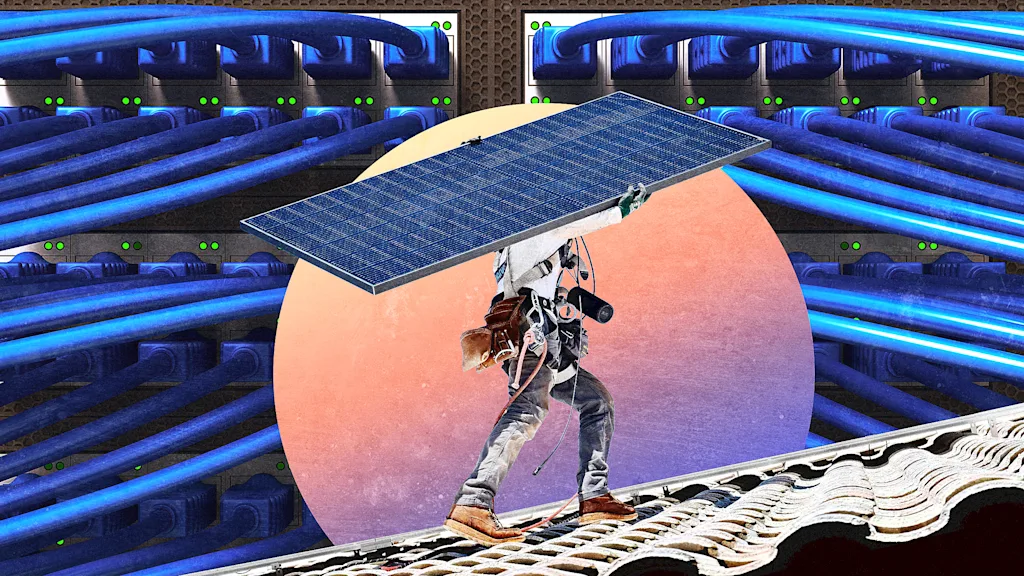
"Data centers that are planned or already under construction are projected to add a staggering 93 gigawatts of new power demand to the grid by 2029, or roughly as much electricity as 77 million homes use. But the nonprofit calculated that it's possible to cover that growth by adding solar panels and battery storage at people's homes. Heat pumps can also help."
"In Georgia, for example, which expects to need an extra 6.7 gigawatts of electric capacity over the next five years, rooftop solar and storage on homes in the state could provide 5.4 gigawatts. The rest could be covered by upgrading houses with inefficient old-school electric heating to heat pumps. (This combination would actually create more room on the grid than data centers need, helping support growing electricity demand from EVs and other sources.)"
AI data centers planned or under construction are projected to add 93 gigawatts of new power demand by 2029, roughly equal to electricity used by 77 million homes. Utilities are increasingly turning to gas or coal to meet that demand, raising climate pollution. Hyperscalers could help meet much of the added load by funding rooftop solar, home battery storage, and heat-pump upgrades for households. In Georgia, rooftop solar and storage could supply 5.4 gigawatts of a projected 6.7-gigawatt need, with heat-pump retrofits covering the remainder. Large-scale residential deployment could cut costs about 40% and free grid capacity for EVs and other growth.
Read at Fast Company
Unable to calculate read time
Collection
[
|
...
]